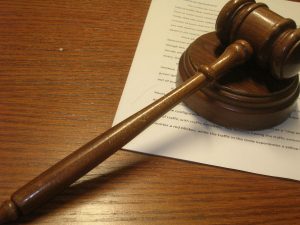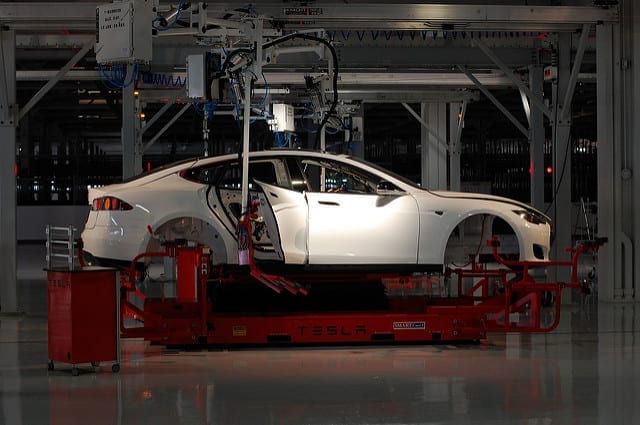The terms of the settlement have not been publicly released, although Tesla indicated that it had reached an agreement to “end years of litigation” over the death of Walter Huang.
Tesla has settled a lawsuit filed by the family of a California engineer who died in a fatal accident involving his Model X’s semi-autonomous driving feature.
According to The Associated Press, the details of the settlement—including how money Tesla may have paid the estate of the late Walter Huang—have not been made public. But, in recent court documents, Tesla attorneys specified that they reached an agreement to “end years of litigation.”
The Huang family, notes The New York Times, had filed their wrongful death lawsuit against Tesla in 2018. If both parties had not settled the claim, it would have likely proceeded to trial, where any potential concerns or problems with Tesla’s semi-autonomous driving software would have attracted increased attention.
Attorneys for the Huang estate had, in their original complaint, said that Walter activated his Model X’s “Autopilot” feature about 19 minutes before his vehicle collided with a concrete median barrier—which the lawsuit repeatedly refers to as the “gore point.”
“He set the speed at 75mph and [Autopilot] remained engaged until impact,” court documents said, adding that Huang’s hands “were not detected on the steering wheel the last 6 seconds before the crash.”

“[Walter Huang] had received two visual and one audible alerts reminding him to put his hands back on the steering wheel during the drive,” the filing said.
Although Tesla attributed the crash to Huang’s failure to use Autopilot as intended—constantly alert, and ready to re-assume control of the vehicle at any moment—the company acknowledged that the so-called “gore point” appears to have triggered repeated problems in the weeks preceding the accident.
On four separate occasions in the 35 days before the crash, Huang’s “Autopilot steered slightly to the left at this same gore area.” And, each time, Huang “almost immediately corrected the steer by turning the wheel back to the right.”
Tesla, for its part, said that data from the Model X showed that Huang had started to regularly use Autopilot without placing his hands on the wheel—an apparent habit that the company characterized as an “extraordinary misuse” of the feature.
Evidence indicates that Huang was, at the time of the accident, playing a game on his iPhone.
But attorneys for the Huang family claimed that Tesla’s marketing of Autopilot exaggerated the program’s featured and led reasonable consumers to believe that Autopilot-equipped vehicles were generally capable of unassisted driving.
The lawsuit alleged that Tesla was both negligent in its marketing of Autopilot, and that Autopilot itself was inherently defective—in that it could neither detect certain stationary objects, nor avoiding colliding with them.
“This has been a long journey for the Huang family,” said Doris Cheng, a lawyer representing Huang’s surviving wife and children.
A National Transportation Safety Board investigation into the accident, the findings of which were released in 2020, attributed blame to both Tesla and Huang.
Sources
Tesla Settles Lawsuit Over a Fatal Crash Involving Autopilot
Tesla settles lawsuit over Apple engineer’s Autopilot death on eve of trial
Tesla settles lawsuit over man’s death in a crash involving its semi-autonomous driving software


Join the conversation!